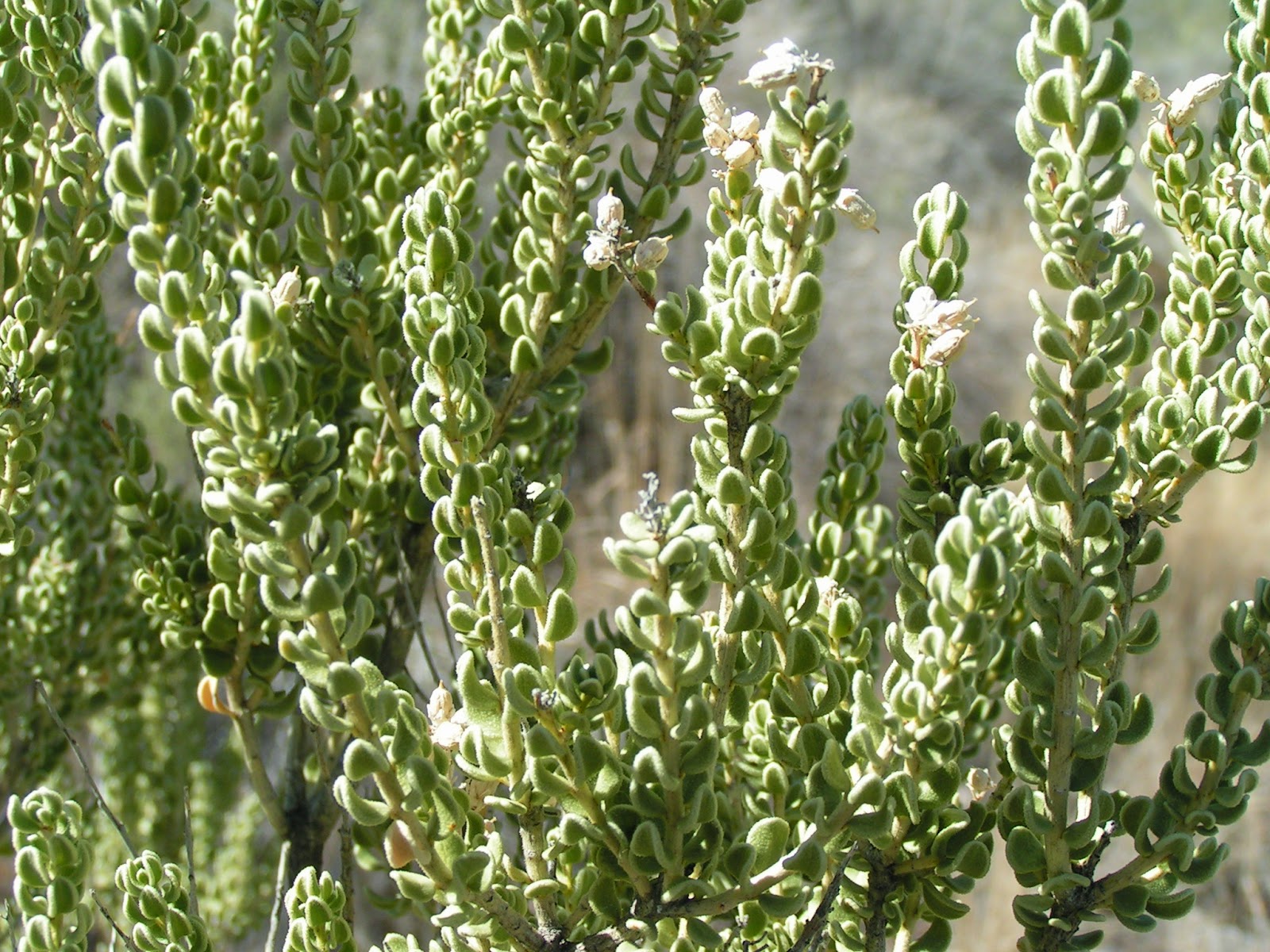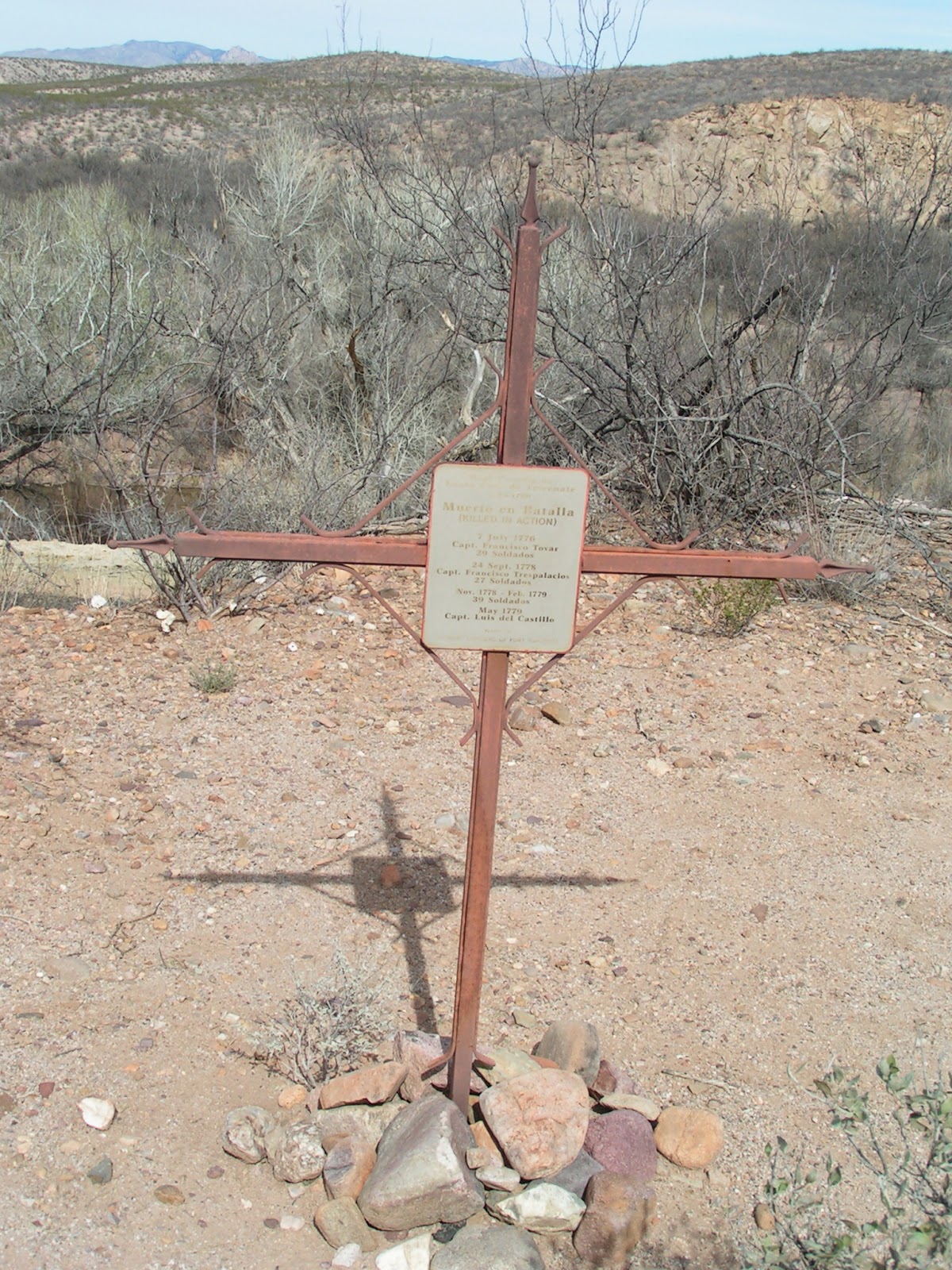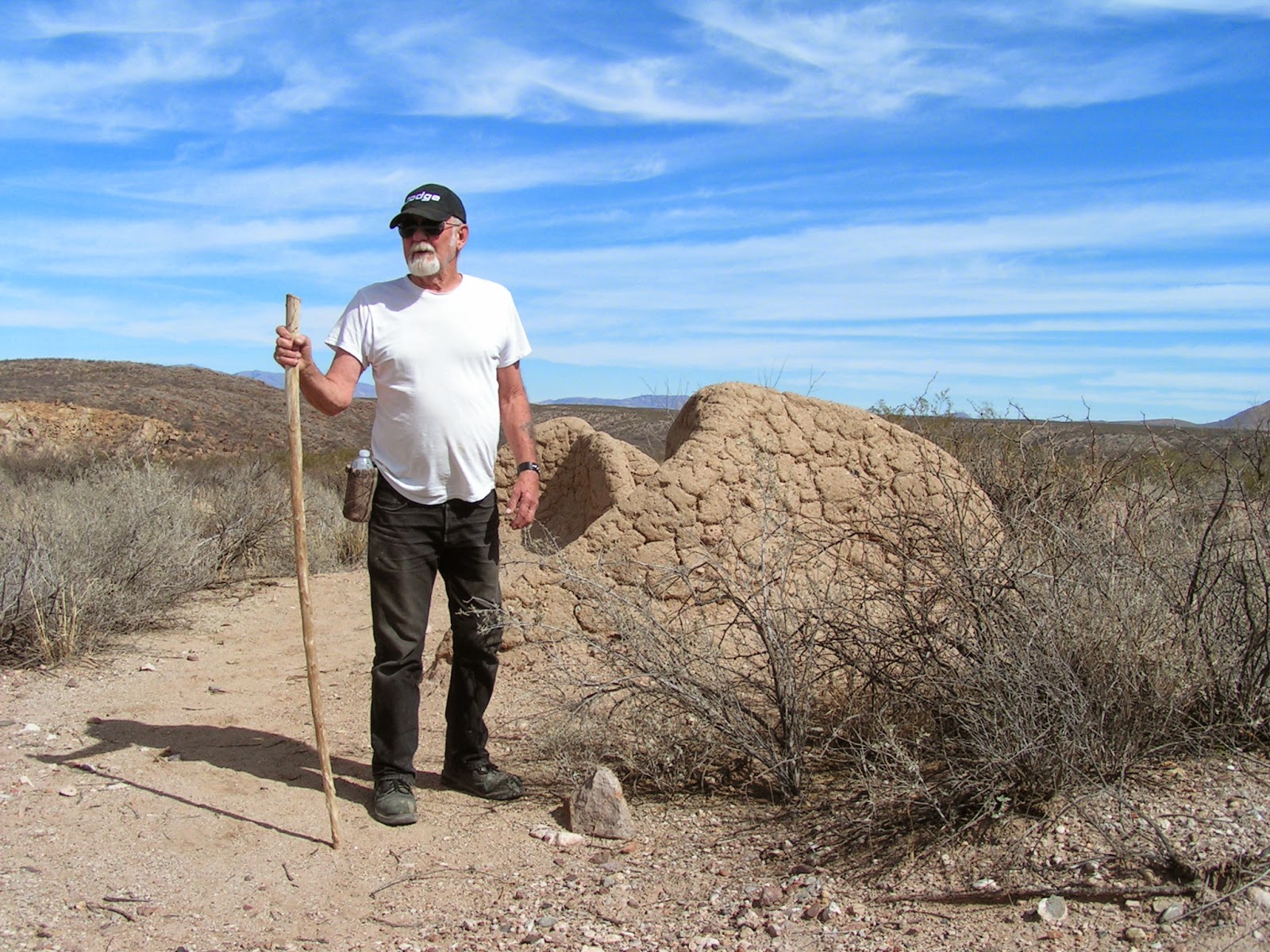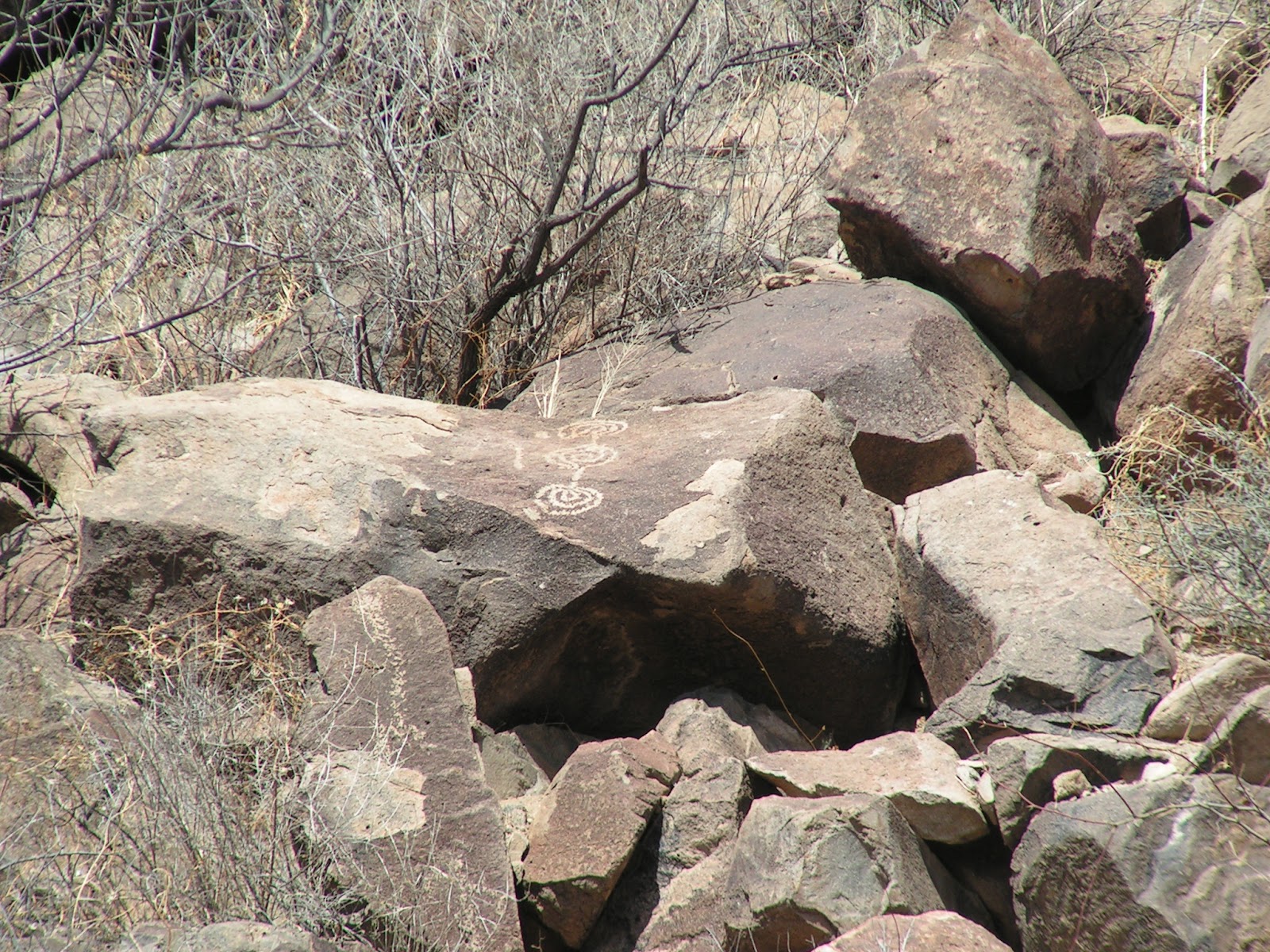March 27, 2014
Camera, Rowdy . . .
Today I am grateful for my camera. It allows me to continue my lifelong habit of photographing everything in sight, and that habit allows me to view the resulting pictures which then prompts my brain to recall things that may have become fogged into obscurity over time.
In the current instance, I refer to a short journey we enjoyed in the southern section of our great state; it has been just long enough since our return and so much has occurred, that without the photos, I found myself struggling to recall the specifics of our activities.
This is how I remember it: the three of us loaded up the trailer (actually, only two of us did that part), doing it in such a rush that you’d think we were inexperienced at this. We left behind several items that we wished we had, but life went along anyway, as life is wont to do.
The big difference this trip had to do with our black furry companion. Sadly, our 18-year-old Rowdy has gone completely blind in the past few weeks. It has been difficult enough for him in this new house, but when we changed his environment again, he was even more disoriented.
 |
| Sightless now, Rowdy is often content to snooze atop the paraphernalia we have strewn all over the bed in the trailer. |
Quail Ridge, family . . .
Visiting with family was the impetus for our time away - specifically, my brother & sister-in-law, Frank & Pat, and Pat’s sister, Joyce, and Joyce’s husband, Mac, who live side by side in a nice RV resort at the foot of the Whetstone Mountains. We secured a parking spot in the transient section of their development - Quail Ridge - set up camp and commenced to exploring.
Many weeks and days we have spent in the region - hiking, backroading and ghost towning, yet there remain a zillion and one places we have yet to examine as thoroughly as we would like.
Mammoths, silver strikes . . .
Frank & Pat introduced us to a fascinating place with a designation that has occurred since last we trod that southland: the Murray Springs Clovis site. We enjoyed a leisurely walk through the eroded arroyo where extensive evidence of prehistoric life was found. Named a National Historic Landmark in 2012, Murray Springs yielded remains of Pleistocene animals: bison, a mammoth, an early horse and animals related to modern camels, in addition to thousands of stone tools and artifacts said to date to more than 10,000 years ago.
Wandering through the stream cut with collapsing dirt banks higher than our heads, it was intriguing to realize we were at the level where early man and animals had coexisted and nomadic bands hunted those massive beasts. Alas, we made no new discoveries of epic proportions, or of any proportions at all for that matter, but we certainly enjoyed our time out there.
Driving along out Tombstone way later in the day, a sign caught my attention enough (it really doesn’t take much) to cause us to take a detour, finding our way to a monumental monument erected as the grave marker for Ed Schieffelin, founder of that renowned town too tough to die. The modest stone cairn he requested to be placed over his final resting place is instead an impressive 25-foot-high pillar set on a hilltop that looks out across the desert.
His fondness for the prospector’s life led to the big silver strike which in turn induced thousands of miners to flock to the region and for towns to spring up like poppies on the desert after a rainy spring. Most of those towns are now lost in the dust of history, fodder for those of us who seek their sites and wonder at the transience of humankind’s machinations.
Clantons . . .
Another attention-getter during the week was an indication that the Clanton’s ranch might be a place to explore. Like pretty much every other person in this nation, I knew the story and its numerous variations of the Earps and the Clantons et al and their fateful, final, fatal meeting at the OK Corral in Tombstone. It had never occurred to me, however, to search out the home ranches of those involved until I saw a sign that pointed the way to the Clanton’s ranch.
Online, I found information about said ranch, learning that it may or may not have actually been the home of said infamous Clantons, but it was a good experience, nevertheless, to trek on out there.
Thinking we would be trail hiking the whole distance, I clad myself in short pants, thus tore my legs to shreds in the process of searching for a corral gate I had read about. Why I needed to find that corral gate is unknown even to me, but find it I did. It was not, as one might have hoped, in any of the brush-cleared areas, but instead was hidden, located only after extensive bulling through thickets of “wait-a-minute” vines as Dad liked to call catclaw and other stickery desert growth.
I was not alone in my search; genetically inclined, Frank accompanied me as I insisted it was “around here somewhere”.
 |
| Pretty sure it was not worth what I went through to locate it, but find the gate I did. |
A Clanton descendant has declared the homestead as the family’s historic dwelling, with adobe ruins perched on the hilltop; however, without further research, it is difficult to tell if his declaration is based on real evidence or if it centers more on publicity for his acting career.
A Spanish presence . . .
Long before Schieffelin and Tombstone, long before Arizona even, King Charles III of Spain, sponsored the 1775 establishment of a presidio on a bluff overlooking the San Pedro River. I have long been fascinated with the fortress and wanted to introduce the sibs to it. Turned out that either memory faded (hard to imagine) or something has been changed since our last visit: the walk to the presidio was far longer than we remembered, but all made the trek anyway.
Melting adobe walls mark the site of Presidio Santa Cruz de Terrenate, a short-lived and troubled place, plagued by substantial hostilities with the Apaches and the difficulties of being supplied. According to a marker, nearly 100 deaths of Spanish soldiers occurred in battle over the course of just a few years. The presidio was occupied for only about five years until the reality of the situation necessitated its abandonment. Imagine it - this was during the American Revolution!

 |
| The presidio overlooks the San Pedro River. |
Somehow, in previous sojourns of the region, we have never explored the Millville region, an omission that we rectified this time. An amazing number of rock and adobe ruins mark the region where previously stood mills for processing prodigious amounts of ore and the towns that housed and supplied the workers. We wandered through the area and could have spent substantial more time hiking to the various settlements.
It is fascinating to see the vast rockwork that was necessary to allow for placement of the large mills - impressively built stone walls still stand as testament to the workmanship, although little remains of the mills themselves. Considering the relatively primitive equipment available at the time, I am always amazed to see all that ingenuity and hard work accomplished.
Before the Anglo rush to riches in southern Arizona, native peoples called the area home, and have left evidence of their presence with artful engravings on rock, many of which remain in that area, although unfortunately, it is plain to see that some have attempted to chip those off, which almost always results in their destruction.
Working our way afoot up into the Whetstones into a section of the range that none of us had yet explored was a fun (if one can call working that hard fun) day, filled with interest. One mystery - we could not explain an agave we found that had had its leaves carefully cut off leaves and left to lay around the plant. Who or what?
Easier to understand were the remains of an illegal alien encampment, one of many we’ve seen when hiking in proximity to the Mexico border.
 |
| Me 'n my big bro |
 |
| Dry or not, the desert never fails to yield beauty. |
After so much dry hiking, I was anticipating some time in the riparian zone along the San Pedro, which was running a respectable stream, surprising and welcome after so long without real rainfall. As we hiked along an old railroad bed trying to ferret out a route down to the water’s level, I suddenly felt a need to look up at the top of the cliff over our heads and quickly saw what had drawn my attention. I was flabbergasted and excited to perceive that we were objects of curiosity for a coatimundi that was carefully observing us, even more excited that I was able to get a picture of him with his comical look and tail waving straight up over his back.
It is neverendingly fascinating to me, a desert rat by birth and inclination, how water brings the landscape to life. Any little stream or body of water carries with it that miracle of greenery, along with game and avian activity. While along the river’s edge, we identified vermillion flycatcher, yellow-rumped warbler, ruby-crowned kinglet, cardinal, black phoebe, belted kingfisher, and were surprised to see a white-breasted nuthatch.
 |
| That's a vermillion flycatcher way up there; he was busy doing what flycatchers do. |
 |
| This black phoebe was one of many dining on the river-created bounty. |
 |
| This immediately evokes for me the pleasantly dusty smell & rustling sound of dry grass on the flood plain. |
Battle of the Bulls . . .
A monument commemorating The Battle of the Bulls near a bridge over the San Pedro got my curiosity going. What I discovered is a slightly comical event involving the Mormon Battalion, the only religiously based military unit in United States history.
The battalion was instrumental in helping to secure new lands in the Southwest for the U.S. During a 2,000-mile-long march they made from Iowa to San Diego, the men encountered a large herd of wild cattle, with the resulting encounter causing damage to equipment and injury to men, at which point, a number of the bulls were shot and killed, thus the sarcastically named Battle of the Bulls.
Teamwork . . .
We knew Mac & Joyce were intending to put up a greenhouse, so we offered to help with the project if the timing worked out during our visit, and it did. Somehow, my vision of a slap-it-up kind of venture was far divorced from any kind of reality (not an uncommon occurrence): a day and a half after commencement, we had proudly and tiredly completed the foundation and framework.
 |
| This sunset pulled virtually everyone out of their RVs to marvel at the splendor. |
We were grateful that the wind, relatively incessant while we were away, ceased its howling as we drove home, allowing us to pull the trailer without incident. Our arrival was greeted by a delightfully blooming peach tree next door and brilliant red tulips in the back yard. I never quite got around to planting tulips at the house in Chino Valley, seems somewhat extreme to buy a house just to get them.
 |
| On a short jaunt down to Black Canyon City, we were surprised to be befriended by a ringed turtle-dove that was anxious for companionship. |










































